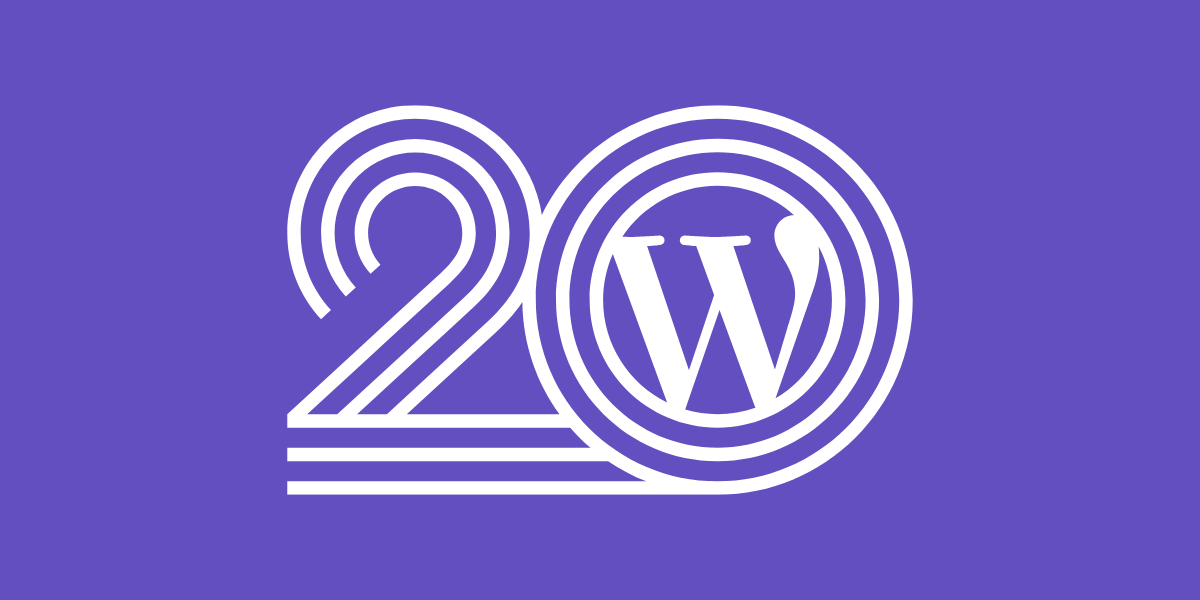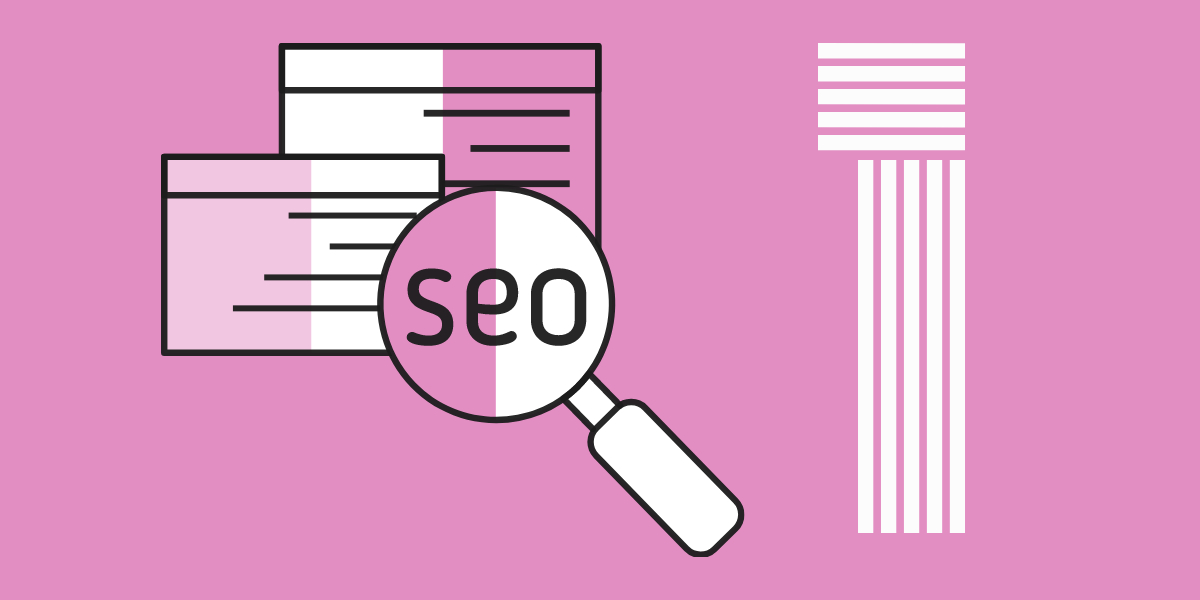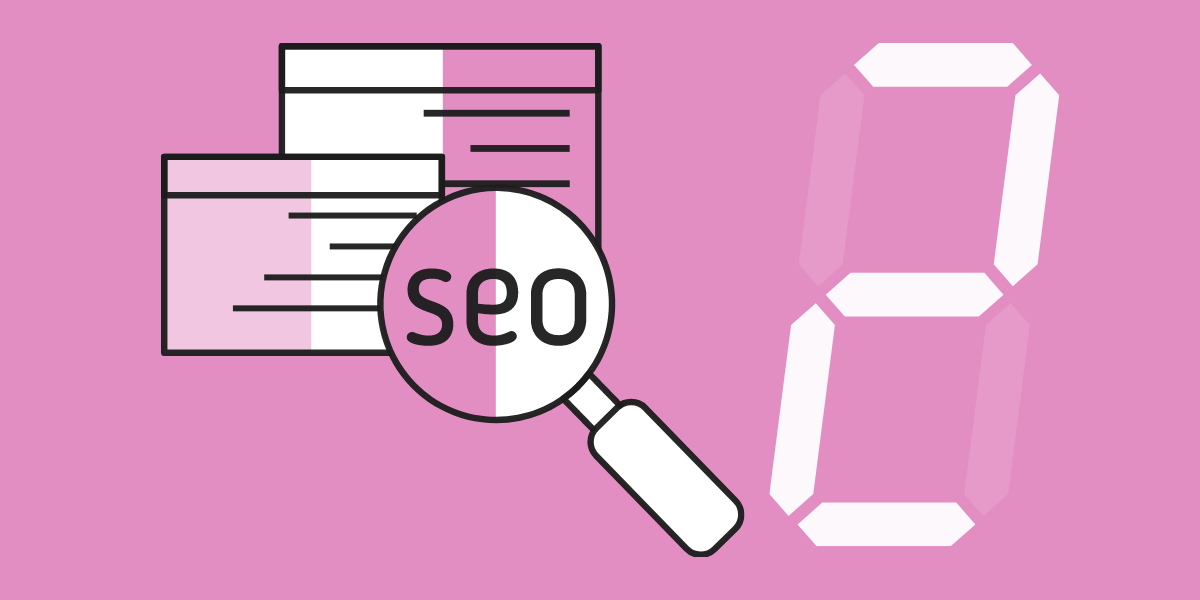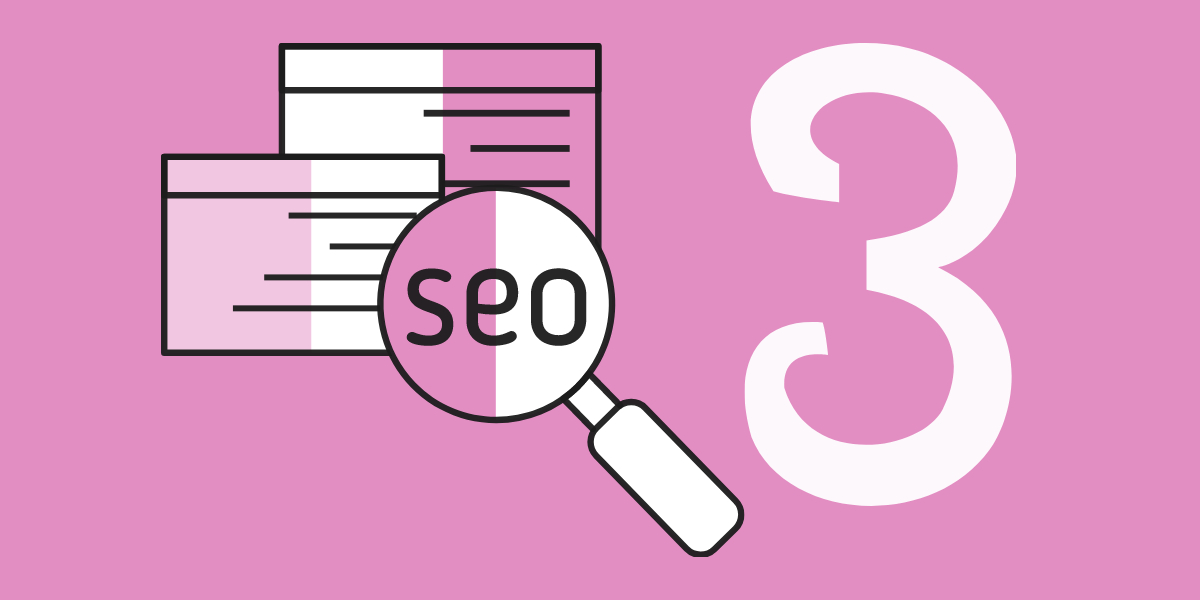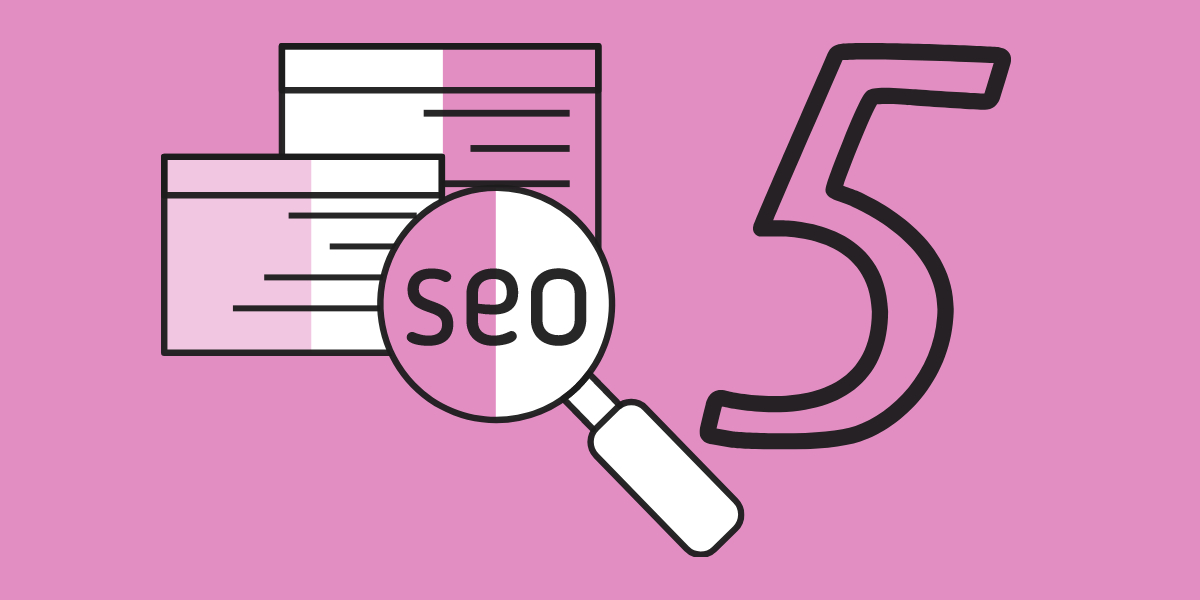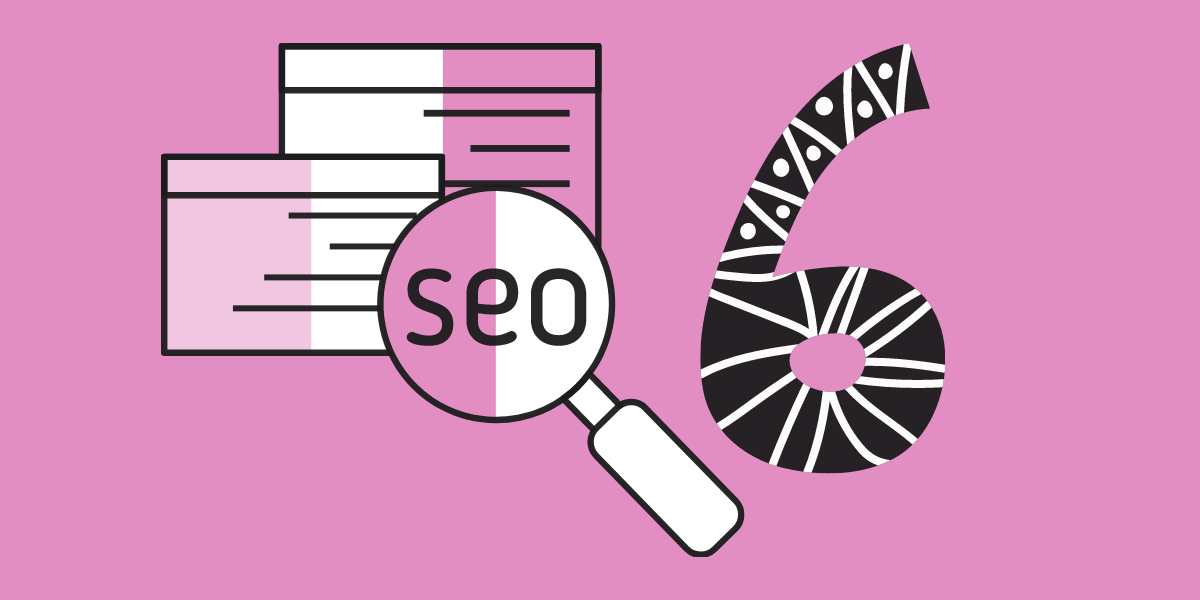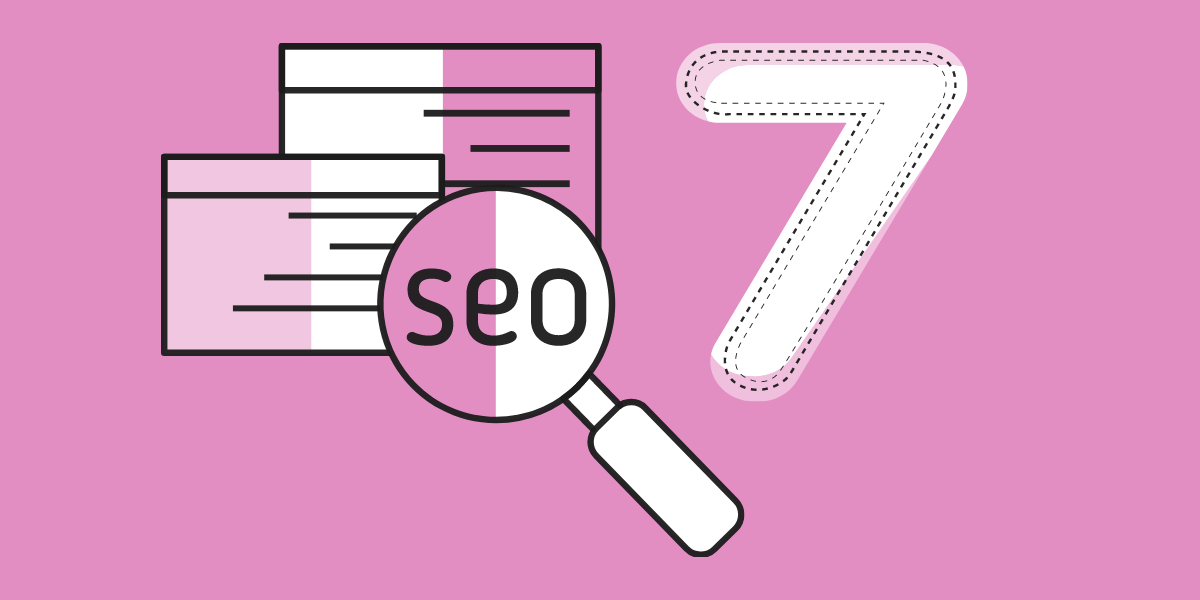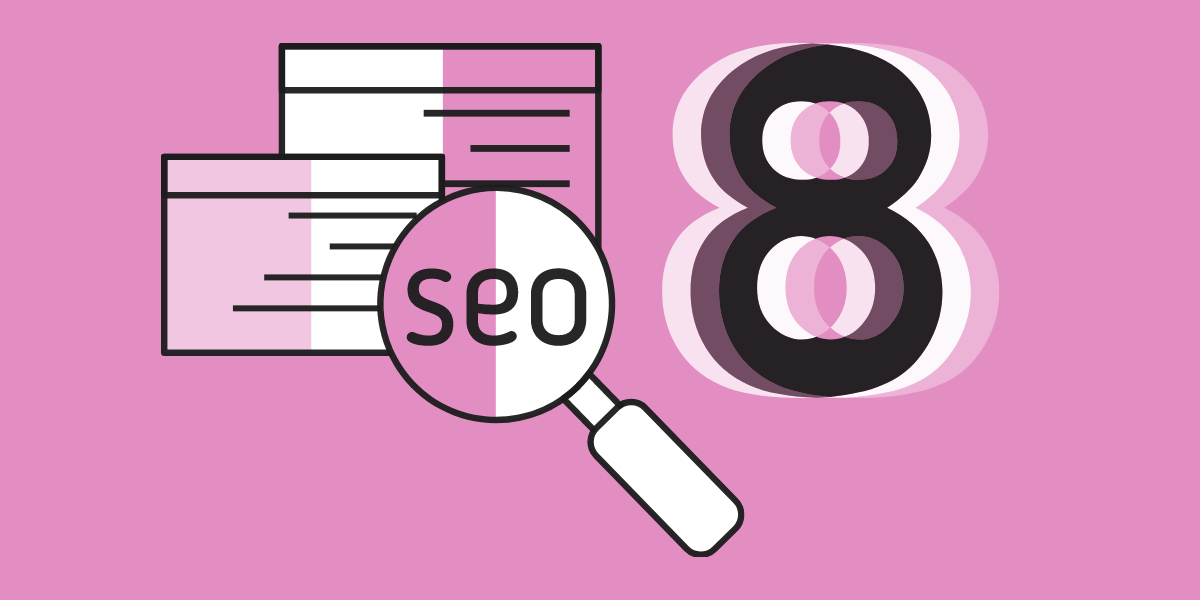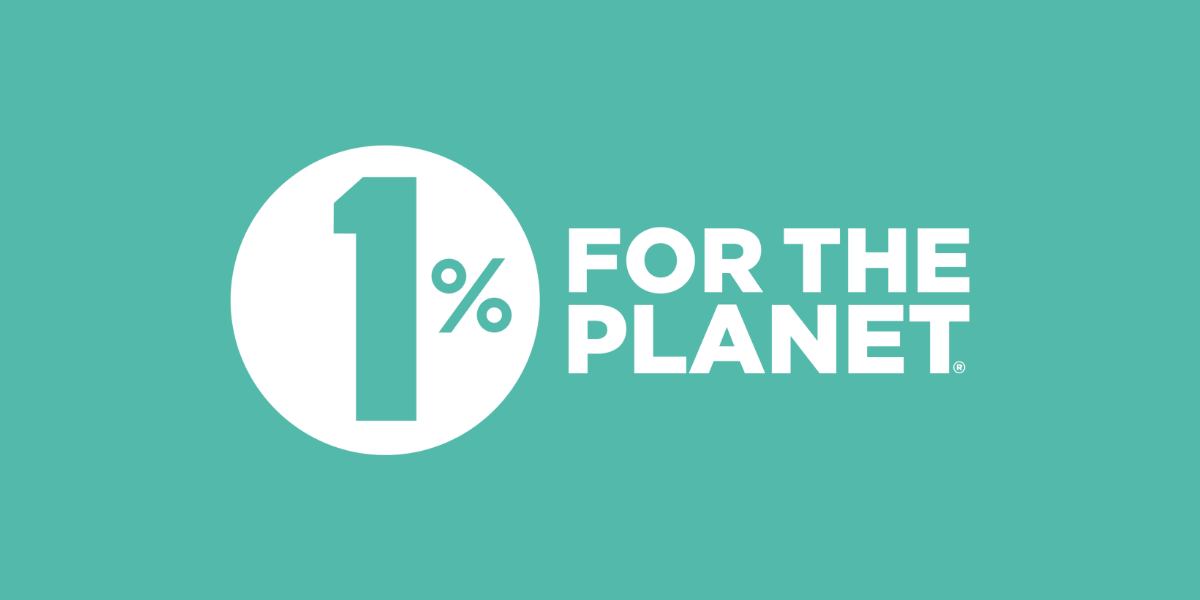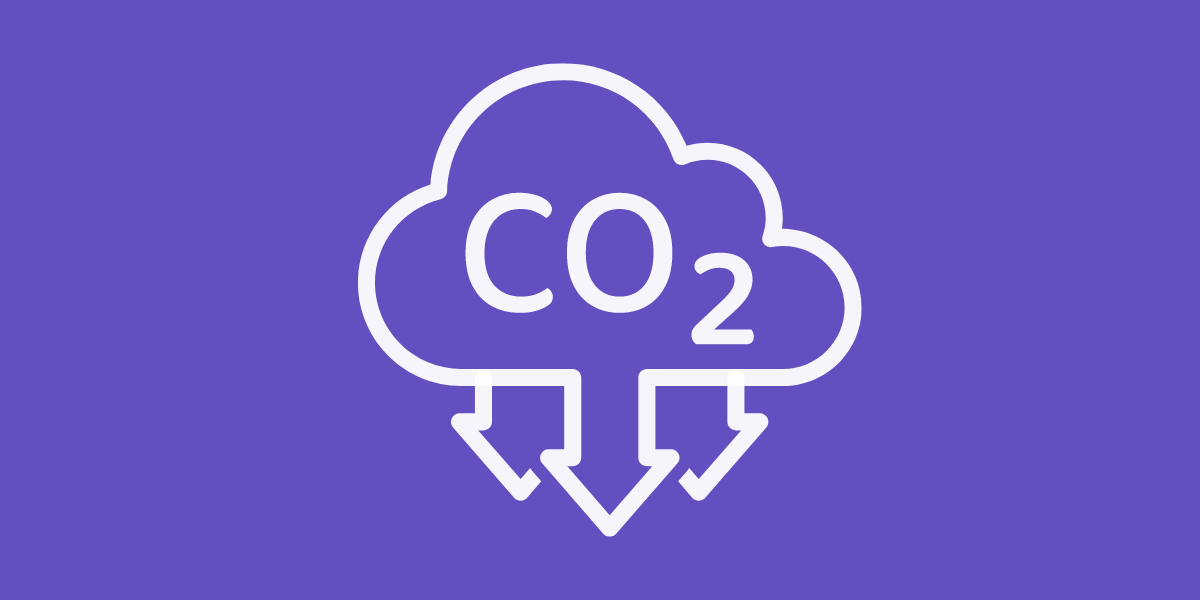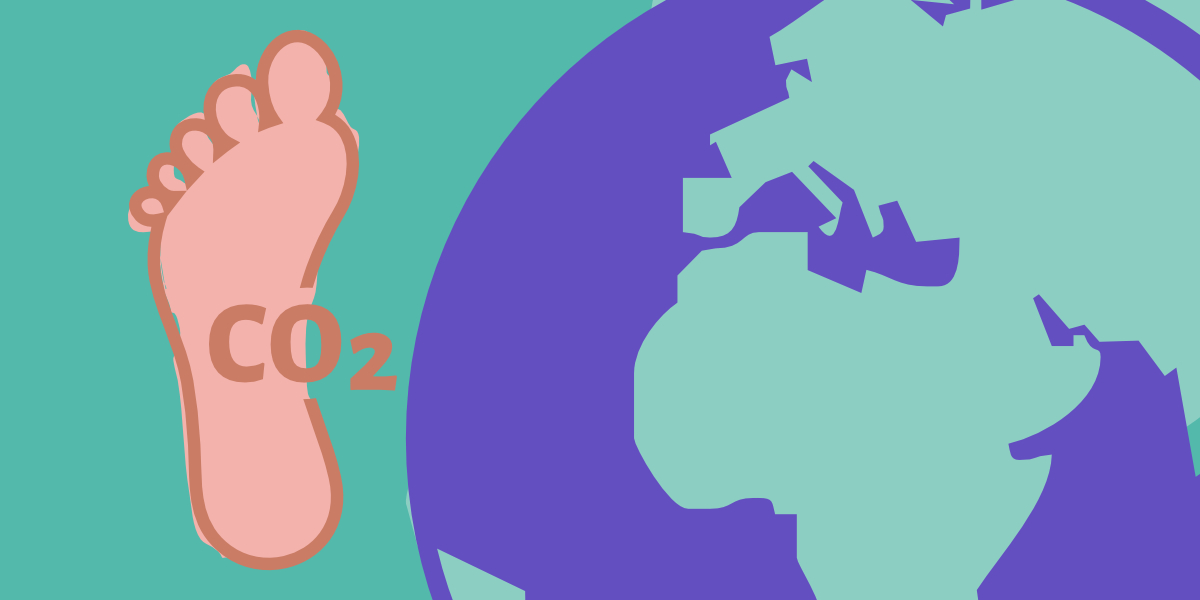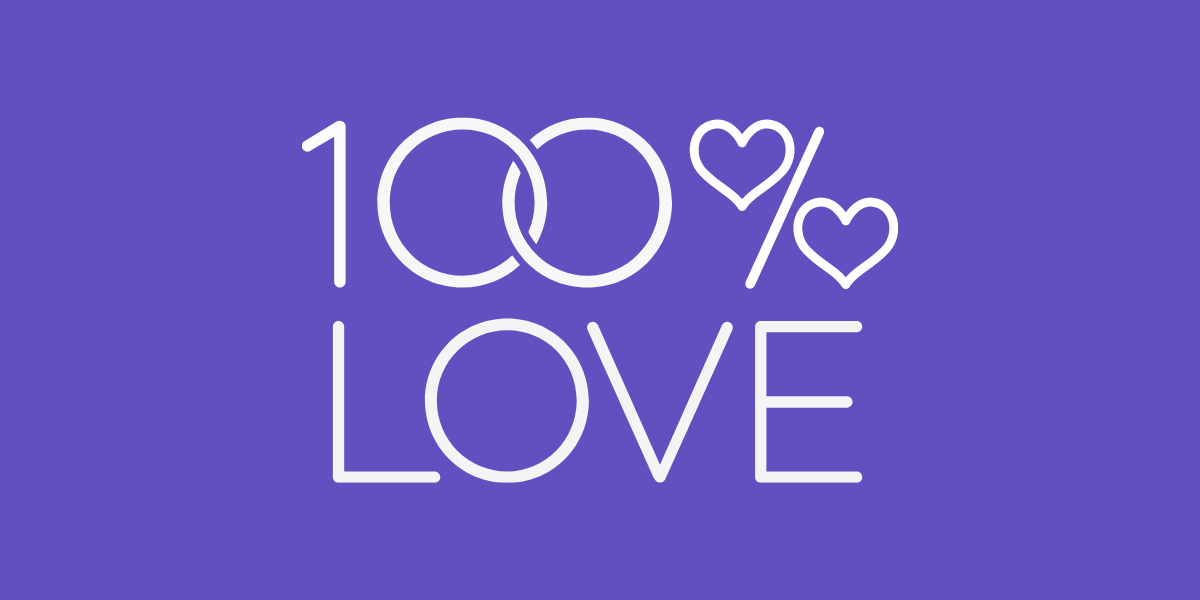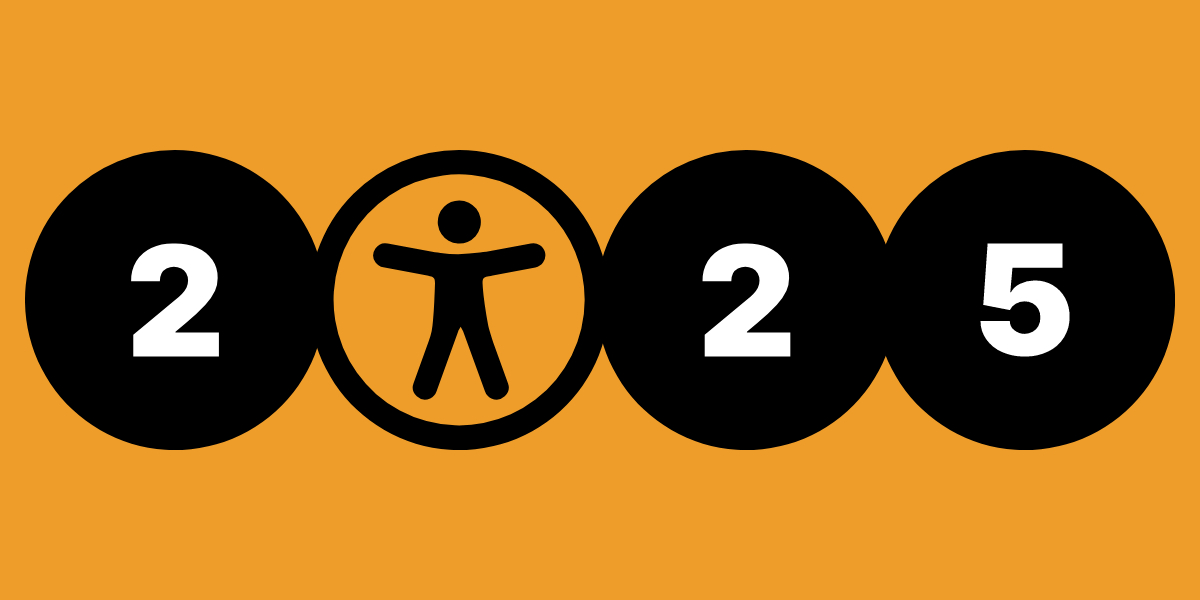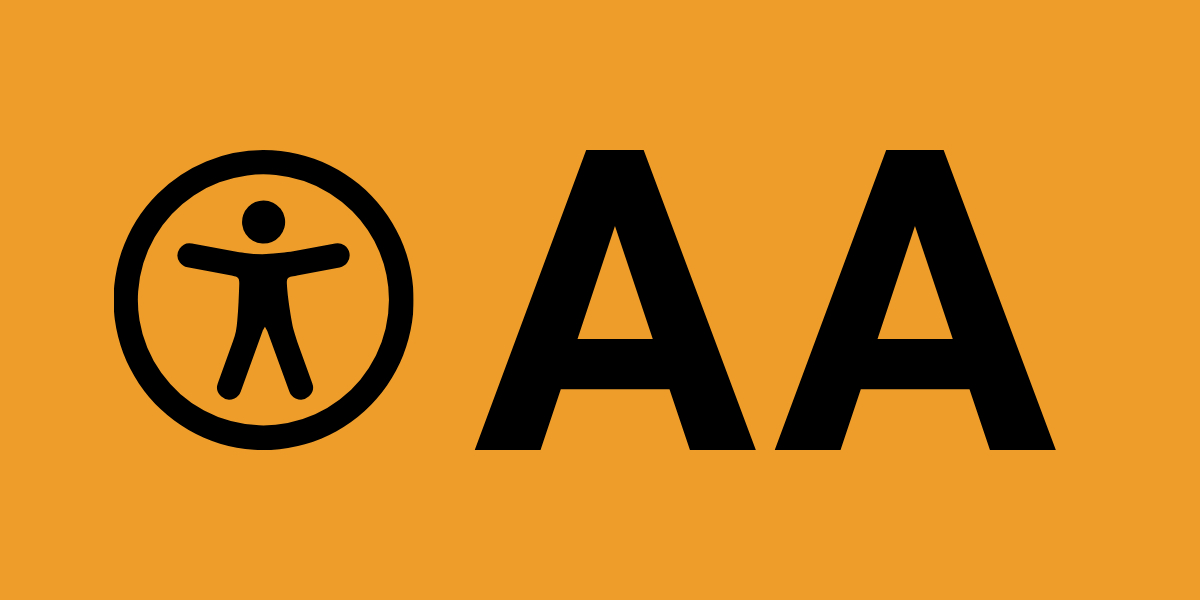Designing a High-Converting Hotel Website
When it comes to hotel websites, putting the user at the forefront is crucial. Understanding the main intentions of guests visiting your site sets the foundation for creating a user-centered experience. Typically, visitors come to hotel websites with the following goals in mind:
1. Compare Prices and Offerings
Enable users to easily compare prices on your website against popular online travel agencies like Booking.com and Expedia.com. Emphasize the benefits of booking directly with your hotel, such as exclusive discounts or perks.
2. Access Detailed Information
Provide comprehensive information about your hotel, including details about additional services, amenities, and an extensive collection of high-quality photos and videos that showcase your rooms, surroundings, hotel grounds, and facilities.
3. Special Deals and Packages
Highlight any special deals or package offers available for specific dates. Make it simple for users to find and book these special promotions, enticing them to choose your hotel over competitors.
4. Personalised Requests and Direct Bookings
Facilitate direct communication between potential guests and your hotel, allowing them to make custom requests or book directly. Streamline the process, ensuring it is user-friendly and efficient.
UI/UX Key Areas
To create a successful hotel website, focus on the following key areas:
1. Optimised Booking Flow
Streamline the booking process to make it quick and intuitive for users. Minimize friction and eliminate any unnecessary steps, making it effortless for guests to complete their reservation.
2. Mobile Experience
With the rise of mobile usage, ensure your website is fully responsive and optimized for mobile devices. A seamless mobile experience is essential for attracting and converting guests on the go.
3. High-Quality Visuals
Captivate visitors with stunning visuals that showcase your hotel’s rooms, facilities, and surroundings. High-resolution photos and videos will help potential guests visualize their stay, increasing their desire to book with you.
4. Superior Customer Experience
Differentiate yourself from online travel aggregators by providing a superior customer experience. Personalize interactions, offer exceptional customer service, and provide added value that sets your hotel apart from the competition.
5. Customer Reviews
Display genuine customer reviews and testimonials to build trust and credibility. Positive feedback from previous guests serves as social proof, reassuring potential visitors about the quality and satisfaction they can expect.
6. Scannable Content
Organise your website content in a scannable manner, making it easy for users to find the information they need. Utilize headings, bullet points, and concise paragraphs to enhance readability and guide visitors through the site.
Building trust and credibility
Once you have crafted a user-centric experience, your next objective is to build trust and credibility. Consider the following crucial aspects of website design:
- Conveying Trust and a Strong Brand Identity
- Simple, Concise Messaging with Clear, Authoritative Direction
- Memorable and Human-Centric Visuals
- Professional yet Personalized Look and Feel
- Informative Content to Showcase Expertise, Authoritativeness, and Trustworthiness
- Uniform, Professional Team Member Photos
- Clean, Clear, and Modern Layout
- High Functionality and Usability
- High Level of Security and Encryption
- Inclusivity and Barrier-Free Accessibility
Designing a high-converting hotel website is a challenging task that requires both marketing expertise and user experience design considerations. Embrace data-backed decisions, conduct thorough testing with real users, and iterate to create a functional, conversion-optimised, and user-friendly website that will attract and delight potential guests.

